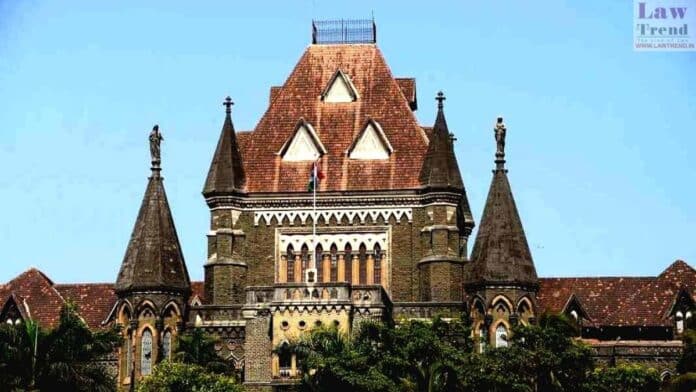The Bombay High Court has granted Adani Electricity Mumbai Infra Ltd (AEMIL) permission to install a 1,000-megawatt high-voltage direct current (HVDC) transmission line that will traverse through ecologically sensitive areas, including Tungareshwar Wildlife Sanctuary and Sanjay Gandhi National Park, leading to the felling of 209 mangrove trees.
The 80-km line will connect the Maharashtra State Electricity Transmission Company’s substation in Kudus, Palghar district, to Aarey Colony, improving Mumbai’s power transmission capacity. The court’s decision came after a detailed review of the environmental impact assessment and following a petition by AEMIL, which argued the necessity of the project for meeting Mumbai’s increasing electricity demands.
Chief Justice Alok Aradhe and Justice Bharati Dangre, who presided over the case, emphasized on February 6 that the project must adhere to strict environmental guidelines. The court specified that AEMIL is required to conduct compensatory mangrove plantation and ensure the project aligns with stringent environmental protection standards.
The project, which includes 30 km of overhead lines and 50 km of underground cables, will pass through Vasai Creek and other critical coastal regulatory zones. It is designed to minimize ecological disruption, including using horizontal directional drilling to lay cables beneath Vasai creek at a depth of 20 meters.
This transmission line was conceptualized following a 2019 observation by the Maharashtra Electricity Regulatory Commission (MERC) on the necessity to enhance Mumbai’s power capacity to address ongoing shortages.
Despite receiving all statutory permissions for activities in coastal regulatory zones, the project faced opposition due to its environmental implications, particularly concerning the loss of 209 mangroves and potential risks to vulnerable species in the national parks.
The court acknowledged the public importance of the project and the need to balance sustainable development with environmental conservation. It ruled that “the need for sustainable development and the requirement to maintain the environment must strike a balance,” recognizing the critical nature of the project for Mumbai.




